Tap Your Inner Power and Create
Your Life’s Work
�
I wrote in The War of Art that I could divide
my life neatly into two parts: before turning pro
and after. After is better.
– Steven Pressfield
�
F O R E W O R D
by Shawn Coyne
A fter editing his novels Gates of Fire, Tides of War, and
Last of the Amazons, I published Steven Pressfield’s first
nonfiction work, The War of Art. When I presented the book
to the sales representatives—I was running a boutique
publishing company called Rugged Land Books at the time—
I suggested that this lean, take-no-prisoners document would
become an evergreen backlist bestseller. It’s now ten years
later and, with hundreds of thousands of copies sold, Steve’s
book is an in-the-studio, on-the-bedside-table, must-have
inspirational reference for working artists everywhere.
Have you ever taken a good look at a public garbage can in
Paris, a paving stone in Rio de Janeiro, or a doorway in
Dublin? Trust me—the man or woman responsible for
making those utilitarian objects was creating art. When craft,
dedication, and professionalism come together, the result can be
astonishing. Sometimes the work even achieves immortality.
But sitting down to do the work is another thing entirely.
Call it writer’s block, artistic agita, or general malaise, that
malignant internal entity that keeps us from our calling can
be a killer. Painting, writing, starting a new business venture,
doing charity work, or even just putting everything we have
into the work we ’re already doing is waylaid again and again
by that chattering critic inside our heads.
�
In The War of Art, Steve gave a name to this voice. He
called it Resistance. Resistance stops us from committing to
the important work of our lives—not just committing to it,
but fighting like hell to get it done.
What to do?
The War of Art suggests a strategy to bring the fight to
this perverse enemy. Steve calls it “turning pro.” When we
turn pro, we leave our amateur ways behind and announce,
if only within ourselves, that we have earned our battle scars
and learned from our wayward ways to brand ourselves as
professionals.
Over the past ten years, Steve has been asked again and
again,”How exactly do you turn pro?” What does turning pro
really mean? What do professionals do that the rest of us don’t?
Steve worked for three years on Turning Pro. His goal was
to try to find a deeper and, at the same time, more
practical approach to making the transition from amateur to
professional. This approach took so long to materialize that
he published two other nonfiction books—The Warrior Ethos
and Do the Work (with Seth Godin’s Domino Project) —
waiting for this one to come together. It was too important
to be rushed. I think you’ll be glad that the wait is over.
You’ll notice, on the spine of this book (or in the title page
of your eBook), that the company publishing Turning Pro is
called Black Irish Books. It is my great pleasure to declare
that Black Irish Books is just another name for two guys (Steve
�
and I) who battle Resistance every single day…just as you do.
It’s no secret that book publishing is in the midst of
radical change. The barriers to entry have crumbled and, as
a result, opportunities have grown exponentially. Steve and
I joined forces as co-founders of Black Irish Books to get
into the ring ourselves.
We intend to publish steak-and-potato kind of books
whose aim is to inspire, encourage, and fortify those artists,
entrepreneurs, and athletes whose ambition is not to stand on
the sidelines, waiting for permission from others, but to take
their destiny in their own fists—to pursue their heart’s calling
and make it work.
Turning Pro is not just something we ’re publishing. We ’re
living it, too.
�
B O O K O N E
T H E A M AT E U R L I F E
�
T H E H U M A N C ON D I T I ON
T he Daily Show reported recently that scientists in Japan
had invented a robot that is capable of recognizing its
own reflection in a mirror.
“When the robot learns to hate what it sees,” said Jon
Stewart, “it will have achieved full humanity.”
S T E V E N P R E S S F I E L D
3
�
T H R E E M O D E LS O F
S E L F - T R A N S F O R M AT I ON
When we hate our lives and ourselves, two models
present themselves as modes of salvation.
The first is the therapeutic model. In the therapeutic
model, we are told (or we tell ourselves) that we are “sick.”
What ails us is a “condition” or a “disease.”
A condition or a disease may be remedied by “treatment.”
Right now we are “ill.” After treatment, we will be
“well.” Then we will be happy and will be able to function
productively in society and in the world.
That’s one way of looking at our troubles.
The second way is the moralistic model. The moralistic
model is about good and evil. The reason we are unhappy,
we are told (or tell ourselves) is that we have done something
“wrong.” We have committed a “crime” or a “sin.”
In some versions of the moralistic model, we don’t even
have to have done anything wrong. The human being, we are
told, was born wrong.
The answer to the condition of wrongness is punishment
and penance. When we have “served our sentence” and
“atoned for our sins,” we will be “pardoned” and “released.”
Then we will be happy and will be able to function
productively in society and in the world.
4
T U R N I N G P R O
�
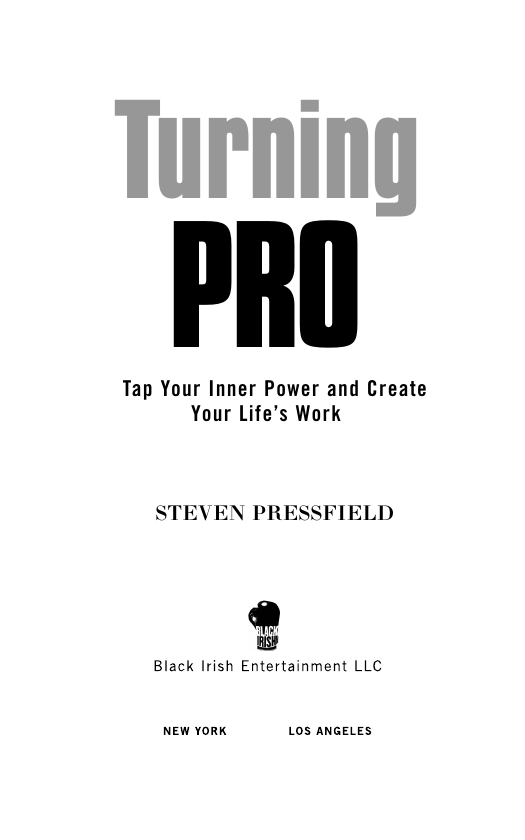
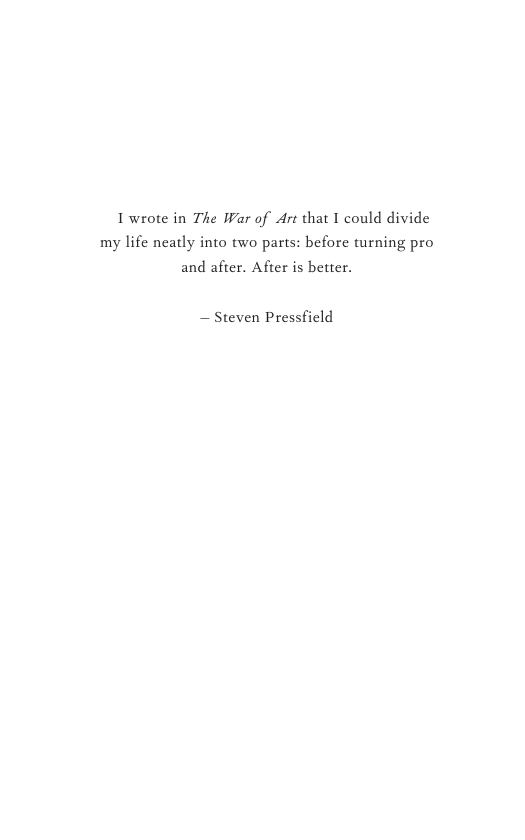
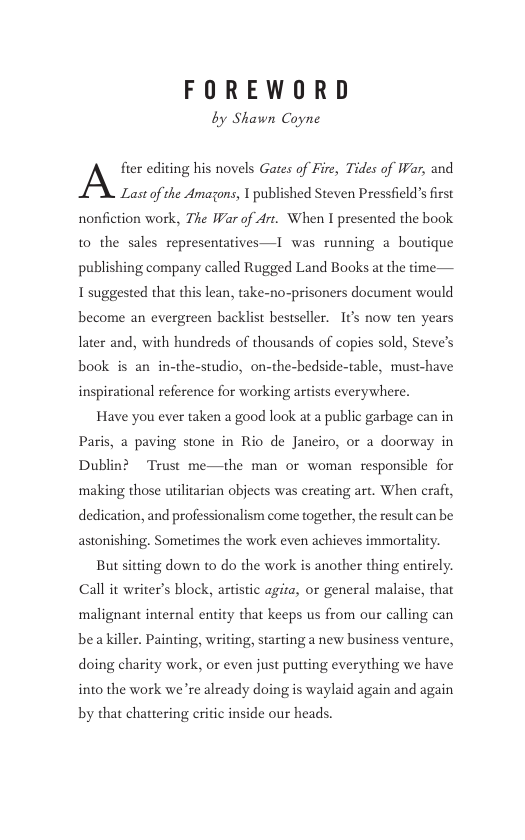

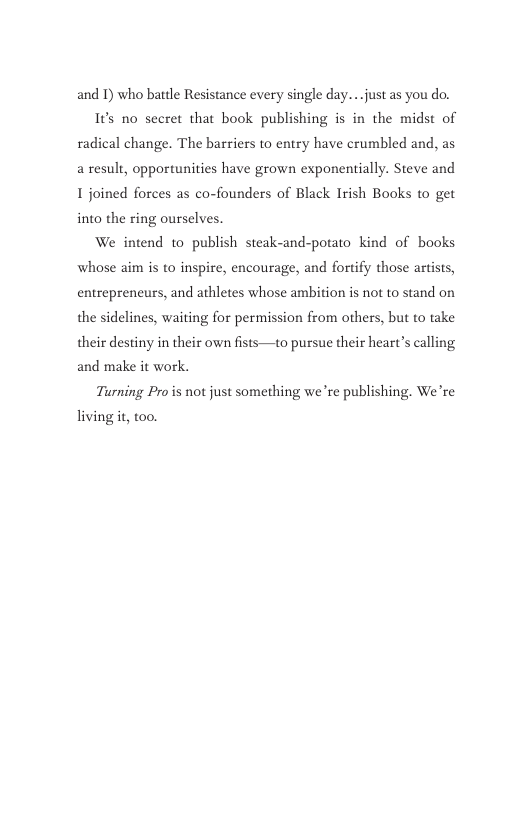
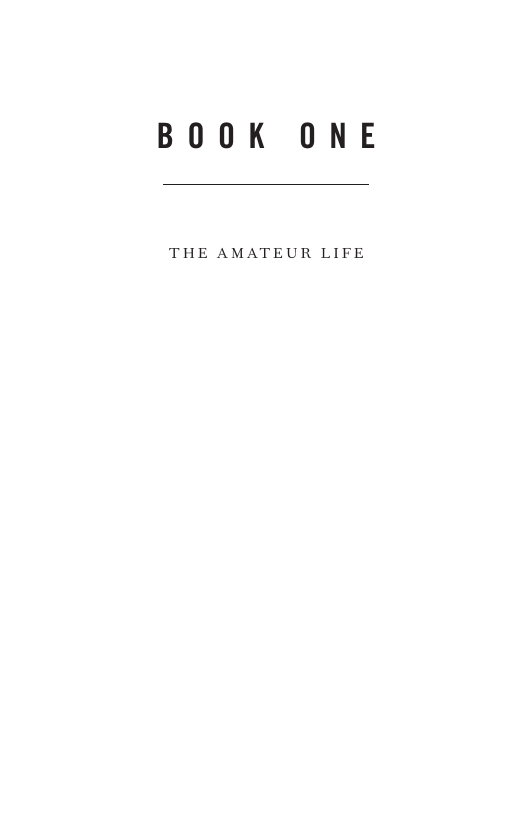
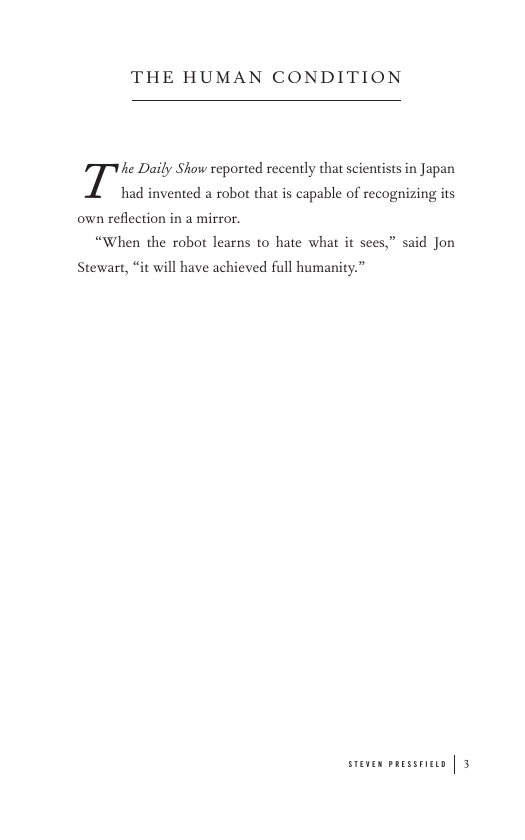
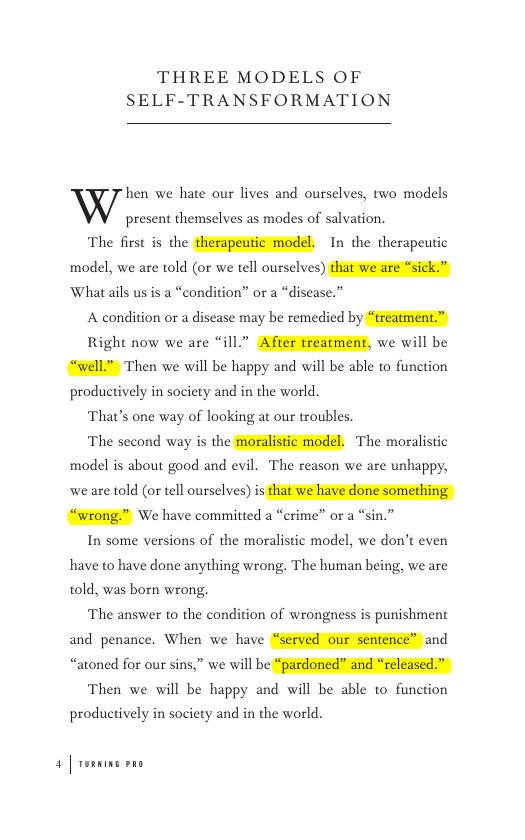








 2023年江西萍乡中考道德与法治真题及答案.doc
2023年江西萍乡中考道德与法治真题及答案.doc 2012年重庆南川中考生物真题及答案.doc
2012年重庆南川中考生物真题及答案.doc 2013年江西师范大学地理学综合及文艺理论基础考研真题.doc
2013年江西师范大学地理学综合及文艺理论基础考研真题.doc 2020年四川甘孜小升初语文真题及答案I卷.doc
2020年四川甘孜小升初语文真题及答案I卷.doc 2020年注册岩土工程师专业基础考试真题及答案.doc
2020年注册岩土工程师专业基础考试真题及答案.doc 2023-2024学年福建省厦门市九年级上学期数学月考试题及答案.doc
2023-2024学年福建省厦门市九年级上学期数学月考试题及答案.doc 2021-2022学年辽宁省沈阳市大东区九年级上学期语文期末试题及答案.doc
2021-2022学年辽宁省沈阳市大东区九年级上学期语文期末试题及答案.doc 2022-2023学年北京东城区初三第一学期物理期末试卷及答案.doc
2022-2023学年北京东城区初三第一学期物理期末试卷及答案.doc 2018上半年江西教师资格初中地理学科知识与教学能力真题及答案.doc
2018上半年江西教师资格初中地理学科知识与教学能力真题及答案.doc 2012年河北国家公务员申论考试真题及答案-省级.doc
2012年河北国家公务员申论考试真题及答案-省级.doc 2020-2021学年江苏省扬州市江都区邵樊片九年级上学期数学第一次质量检测试题及答案.doc
2020-2021学年江苏省扬州市江都区邵樊片九年级上学期数学第一次质量检测试题及答案.doc 2022下半年黑龙江教师资格证中学综合素质真题及答案.doc
2022下半年黑龙江教师资格证中学综合素质真题及答案.doc